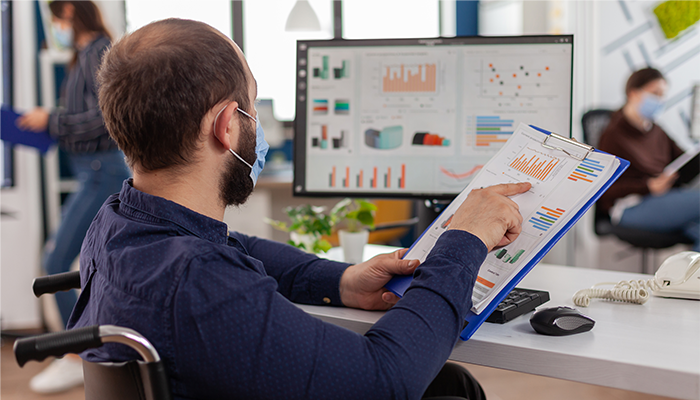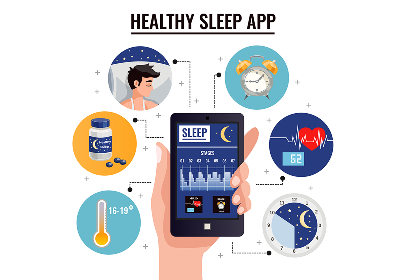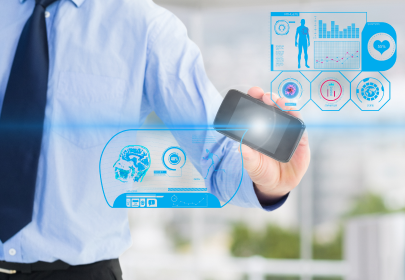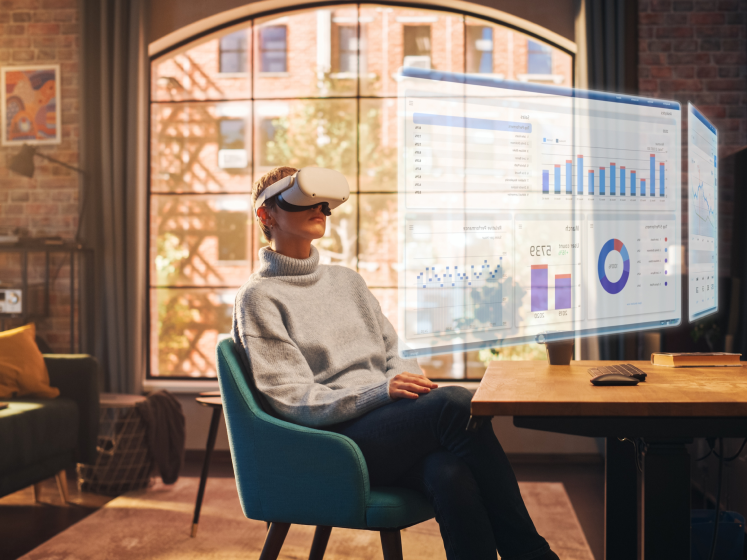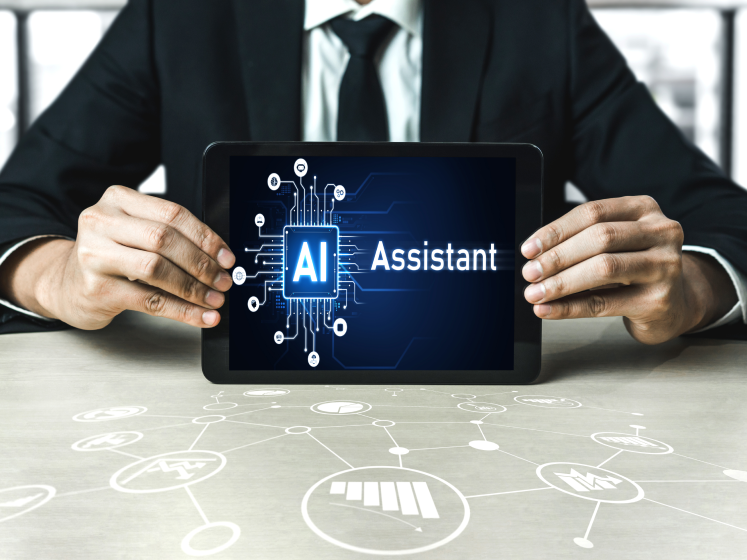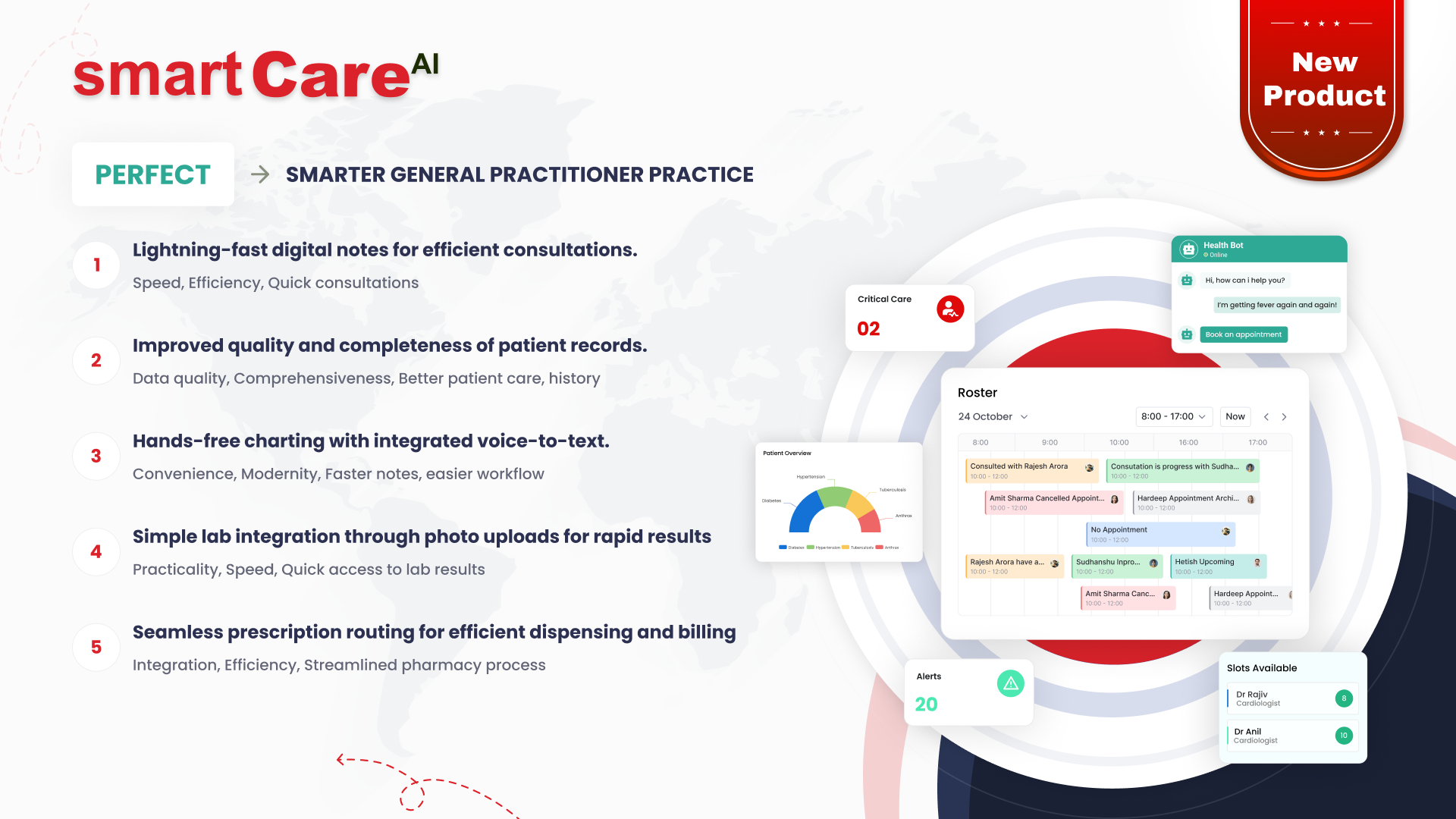Posted On February 26, 2025
AI and IoT in Improving Patient Safety
Patient safety is a top priority in healthcare, and technology is playing a crucial role in improving it. Artificial Intelligence (AI) and the Internet of Things (IoT) are transforming the way healthcare providers monitor, diagnose, and treat patients. By working together, these technologies enhance patient care, reduce medical errors, and improve overall safety.
Understanding AI and IoT in Healthcare
AI involves the use of smart algorithms and machine learning to analyse data, detect patterns, and assist decision-making. On the other hand, IoT connects medical devices, sensors, and software to enable real-time data exchange. When combined, AI and IoT create a smart healthcare ecosystem that enhances monitoring, diagnosis, and treatment.
Why Patient Safety Needs Smart Technology
Medical errors, delayed treatments, and lack of real-time monitoring can put patients at risk. AI and IoT help address these challenges by:
- Providing real-time patient data for quicker diagnosis
- Reducing human errors through automated alerts
- Ensuring timely interventions with predictive analytics
- Improving efficiency in hospital workflows
By integrating these technologies, healthcare facilities can enhance patient safety and improve care quality.
How AI Enhances IoT for Better Monitoring
IoT-enabled devices like smart beds, heart monitors, and infusion pumps collect vast amounts of patient data. However, raw data alone is not enough—this is where AI comes in. AI analyses IoT data to:
- Detect early warning signs of deterioration
- Predict possible complications
- Alert doctors and nurses about critical conditions
- Automate routine monitoring to reduce workload
This data-driven approach ensures patients receive timely attention and minimises risks.
Real-Time Alerts: Preventing Medical Errors
One of the biggest benefits of AI and IoT integration is real-time alerts. Hospitals use smart sensors and AI-driven monitoring systems to detect abnormalities in vital signs, medication dosages, and patient movements. For example:
- AI can analyse ECG readings from IoT-connected heart monitors and alert doctors about irregular heartbeats.
- IoT-enabled infusion pumps can automatically adjust medication dosages to prevent overdoses.
- AI-powered fall detection systems can instantly notify nurses if a patient is at risk of falling.
By enabling instant responses, AI and IoT significantly reduce medical errors and improve patient safety.
Remote Patient Monitoring: A Life-Saving Innovation
AI and IoT also play a vital role in remote patient monitoring (RPM), allowing doctors to track patients outside hospitals. Wearable devices like smartwatches and biosensors collect data on heart rate, oxygen levels, and physical activity. AI then analyses this data to:
- Detect early signs of health issues
- Alert healthcare providers in case of emergencies
- Help doctors make informed treatment decisions
This technology is especially beneficial for elderly patients, chronically ill individuals, and post-surgery monitoring, ensuring they receive timely care without frequent hospital visits.
Reducing Hospital-Acquired Infections with AI and IoT
Hospital-acquired infections (HAIs) pose a significant risk to patient safety. AI and IoT can help by monitoring hygiene practices and predicting infection risks. Smart IoT sensors track hand hygiene compliance among healthcare workers, while AI analyses data to identify patterns that could lead to outbreaks. Automated disinfection systems using AI-powered UV light can also help reduce contamination in hospital environments.
The Role of Wearable Devices in Patient Safety
Wearable devices equipped with IoT sensors play a crucial role in monitoring patients, especially those with chronic conditions. Smartwatches, fitness trackers, and biosensors can continuously track vital signs such as heart rate, oxygen levels, and glucose levels. AI processes this real-time data, alerting medical professionals to any abnormalities, ensuring timely intervention, and preventing medical emergencies.
Data Security and Privacy Concerns in AI & IoT
As AI and IoT become more integrated into healthcare, ensuring data security is crucial. Connected medical devices generate vast amounts of patient data, making them potential targets for cyber threats. AI-driven cybersecurity solutions help detect and prevent breaches by analysing network activity and identifying suspicious patterns. Secure encryption and compliance with data protection regulations further strengthen patient data security.
Challenges in Integrating AI and IoT in Healthcare
Despite their benefits, AI and IoT integration in healthcare faces several challenges. High implementation costs, interoperability issues, and resistance to new technologies can slow adoption. Additionally, ensuring the accuracy of AI predictions and maintaining the reliability of IoT devices are critical factors. Overcoming these challenges requires strategic planning, investment, and collaboration between healthcare providers and technology developers.
The Future of AI and IoT in Patient Care
AI and IoT are continuously evolving, and their impact on patient safety will only grow stronger. Future advancements may include AI-driven robotic assistants for surgeries, IoT-enabled smart hospital rooms that adjust conditions based on patient needs, and predictive analytics that prevent health complications before they arise. As these technologies become more refined, they will play an even greater role in improving healthcare outcomes.
Conclusion
The integration of AI and IoT in healthcare is revolutionising patient safety. By enhancing monitoring, preventing errors, and enabling real-time alerts, these technologies help healthcare providers deliver better and safer care. As AI and IoT continue to evolve, their role in improving patient safety will only grow stronger. Healthcare facilities that embrace these innovations can ensure better patient outcomes and reduced risks in the future.
For more insights on how technology is transforming healthcare, visit smartdatainc.com.


